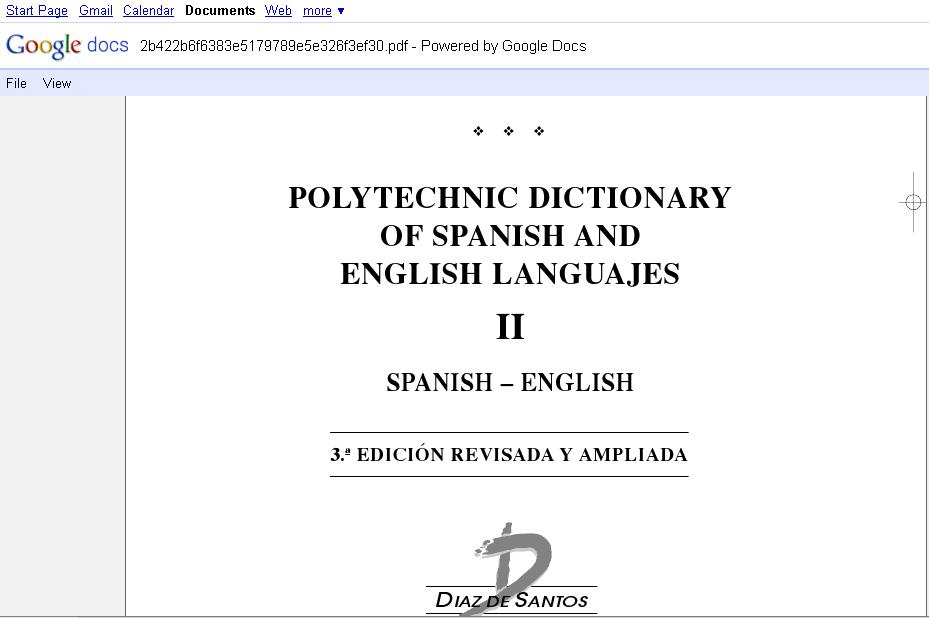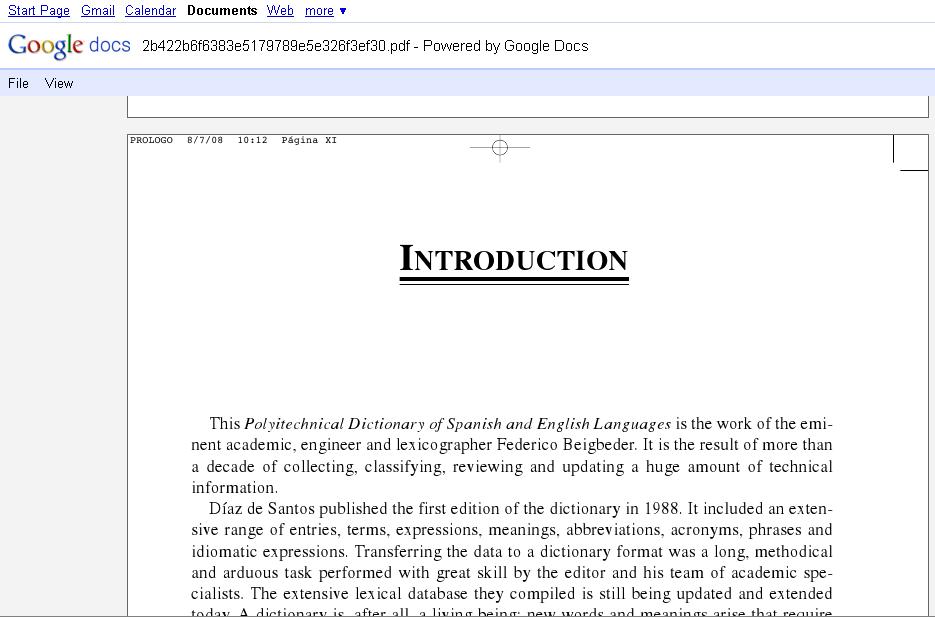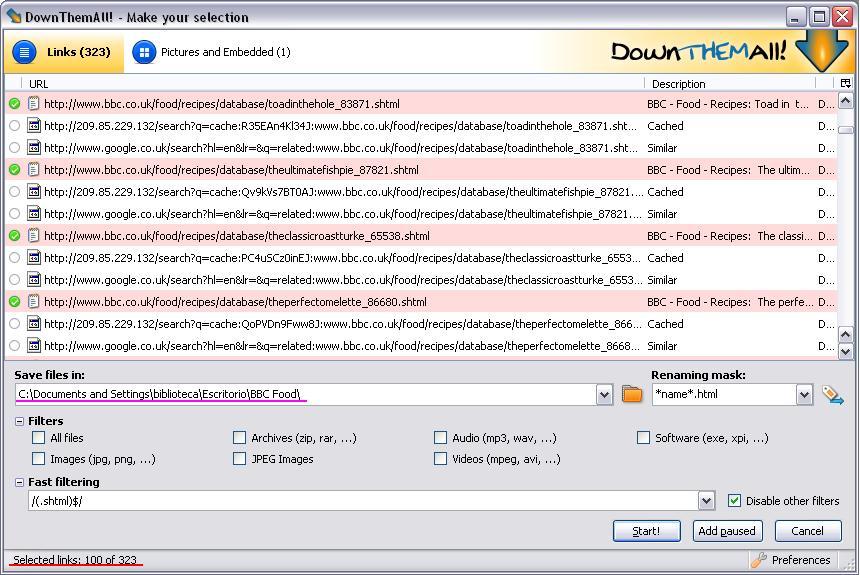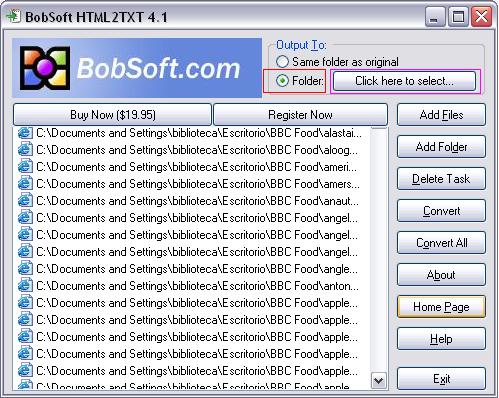Para traducciones profesionales, consulten mi web profesional en www.timtranslates.com.
Según la Fundéu BBVA (antiguamente Fundación del Español Urgente), la correcta españolización del término inglés goal average es golaveraje. Cita el Diccionario Panhispánico de Dudas (importante obra de referencia para la lengua española), según el cual el término golaveraje “diferencia de tantos marcados y recibidos y se utiliza para deshacer el empate entre equipos con el mismo número de puntos en la clasificación”. Aunque la Fundéu BBVA admite el uso de golaveraje, recomienda “emplear diferencia (o promedio) de goles, de puntos o de tantos.”
Deja entender que diferencia y promedio se pueden utilizar indistintamente, como también goles, puntos y tantos.
Creo que hay bastantes lagunas en la nota de la Fundéu BBVA, las cuales intentaré exponer.
Empecemos por explicar de donde surge la necesidad de esta terminología. En las ligas de fútbol, si los dos primeros equipos tienen los mismos puntos, el reglamento especifica, por orden de importancia, los criterios que se utilizarán para desempatar a los dos equipos.
Muchos seguidores de fútbol se sorprenderían al ver la clasificación final de la liga española por la temporada 2006/07:
[TABLE=2]
La columna GA es el número de goles marcados a favor del equipo menos el número de goles marcados en contra. Es lo que en inglés llamamos la goal difference, es decir, la diferencia de goles. Mucha gente se sorprendería al ver esta clasificación, pues en la mayoría de ligas la diferencia de goles es el primer criterio que utiliza para desempatar a dos equipos con los mismos puntos. En los medios de comunicación en español (y los medios que copian las formulaciones españolas en otras lenguas, como el catalán o el gallego), se suele hablar de goal average, que viene del inglés (a pesar de que average se suele pronunciar como si fuera una palabra francesa) aunque no sea el término utilizado en inglés para este concepto. En inglés significa promedio de goles.
En la liga española, si hay dos equipos empatados, el primer criterio que se aplica es el del resultado total de los dos encuentros entre dichos equipos. Por eso el Real Madrid ganó la liga en 2006/07, y no el Barça, que sí que habría ganado si se aplicaran los mismos criterios que en muchos otros países. Pero curiosamente, aquella temporada oímos y leímos que el Real Madrid “ganó por el goal average“, cosa que parece una contradicción si consultamos la liga, según la cual el “GA” del equipo catalán fue de +45 y el del equipo madrileño solo fue de +26.
Para diferenciar entre estos dos tipos de goal average, a veces se distingue entre goal average particular (en este caso, en inglés hablaríamos de “the results between the teams level on points”, es decir, los resultados entre los equipos con los mismos puntos) y goal average global, pero no se suele hacer esta distinción.
Si en inglés decimos goal difference, y no goal average, ¿cómo es que en español se ha adoptado este anglicismo?
No sé cuando entró este anglicismo al español. No pude encontrar ningún ejemplo en el Corpus Diacrónico del Español. Pero su introducción al español probablemente fue anterior a los años setenta del siglo pasado. De hecho, antes de los años setenta, sí que se hablaba de goal average en inglés cuando había que desempatar a equipos con el mismo número de puntos. Sin embargo, entonces se refería a otro concepto.
Como sugiere la palabra “average”, se calculaba esta cifra haciendo una división, y no una sustracción. El goal average era el resultado de dividir el número de goles a favor por el número de goles en contra. En 1930/31, por ejemplo, empataron por puntos el Athletic Club de Bilbao, el Rácing Santander y el Real Sociedad, pero ganó el campeonato el Athletic Club de Bilbao, con un promedio de goles de 2,2, contra 1,3 y 1,0 para el Rácing Santander y el Real Sociedad respectivamente.
Por tanto, el anglicismo goal average, o goal averaje, se utiliza en los medios de comunicación españoles para tres conceptos diferentes:
- Los resultados entre equipos empatados por puntos (sistema actual de la liga española)
- La diferencia de goles (sistema de la mayoría de ligas del mundo)
- El promedio de goles (sistema antiguo), hablando de contextos históricos
En vez de insistir, simplemente, en que hay que evitar goal average, ¿no sería mejor que la Fundéu BBVA explicara estas diferencias y propusiera terminología coherente para distinguir entre los tres conceptos? Propone utilizar diferencia y promedio indistintamente, y parece decirnos que también hablar de diferencia de puntos, pero teniendo en cuenta que en el campeonato los puntos y los goles no tienen nada que ver el uno con el otro es una propuesta, a mi entender, no muy buena.
El artículo del Diccionario panhispánico de dudas es un poco mejor, aunque deja entender que el inglés goal average significa diferencia de goles.








